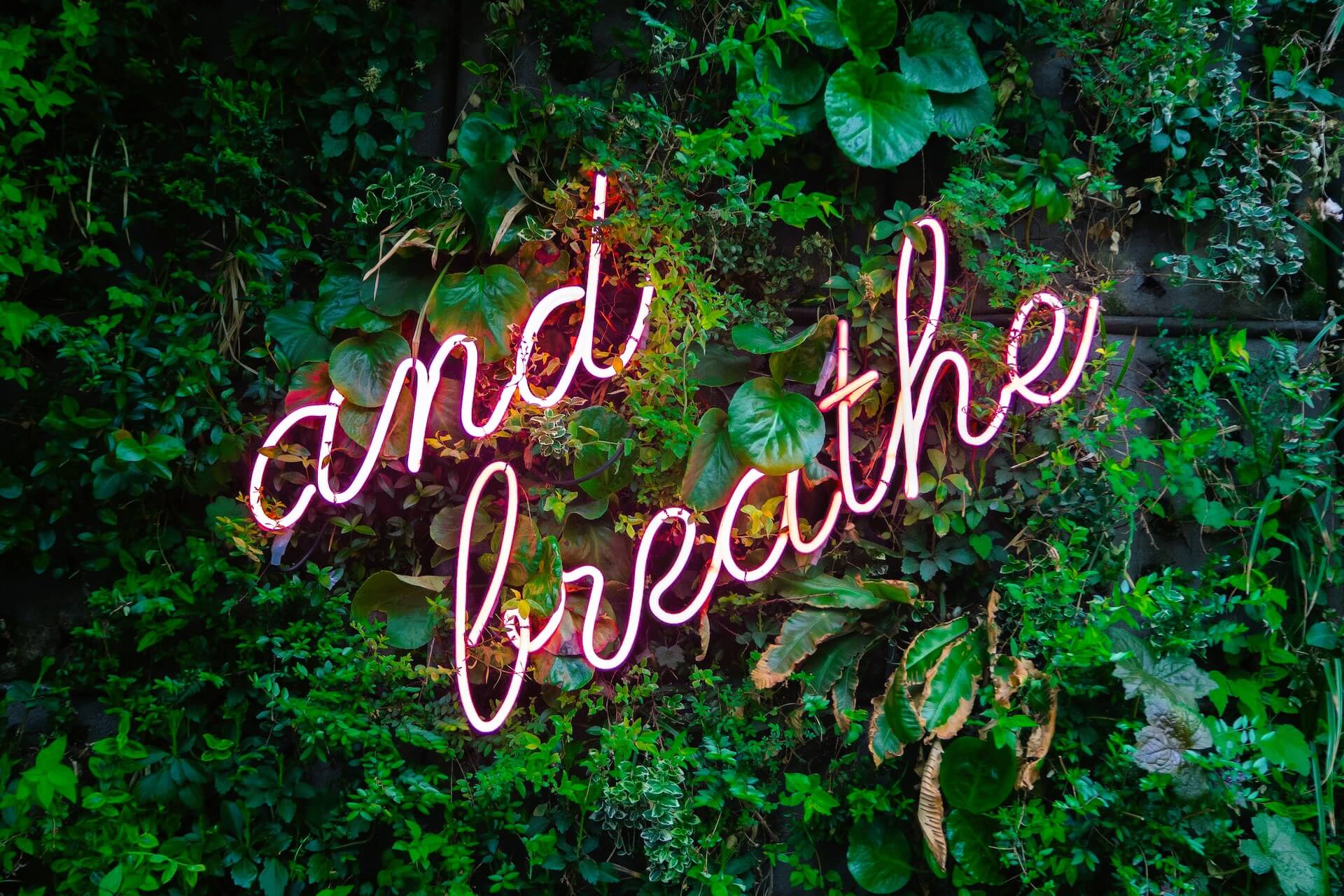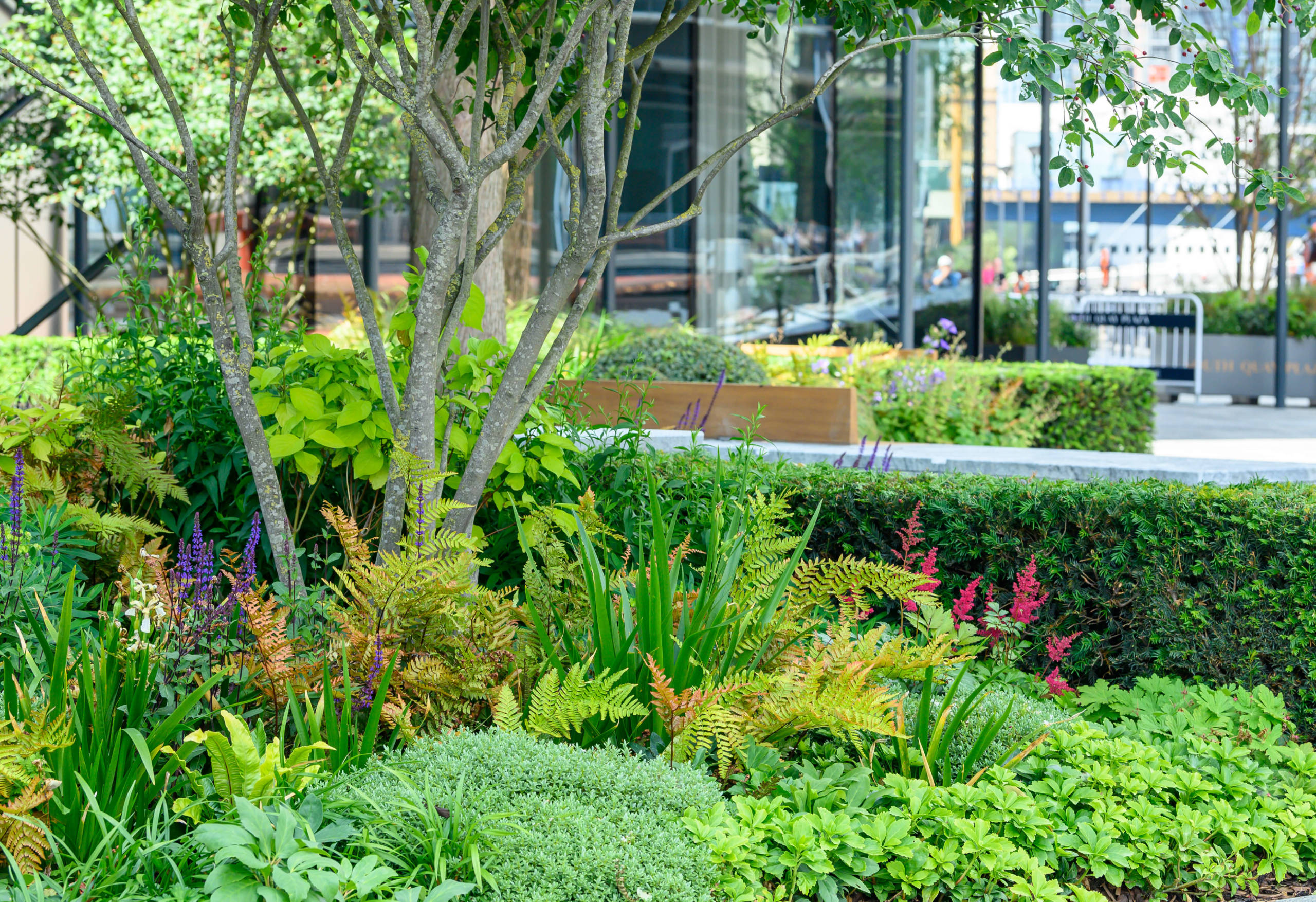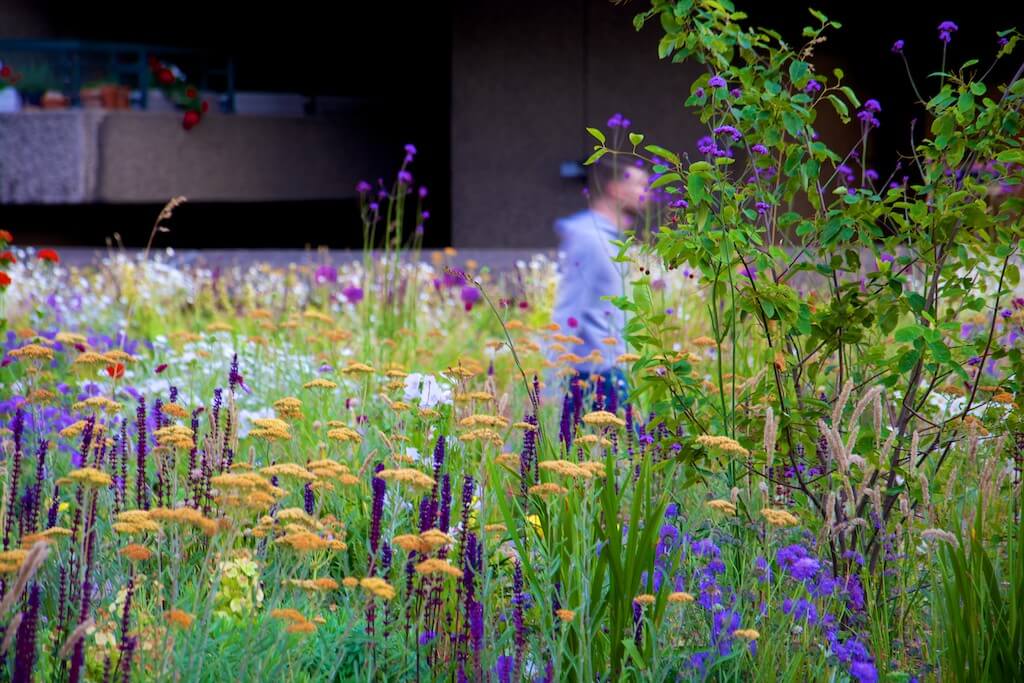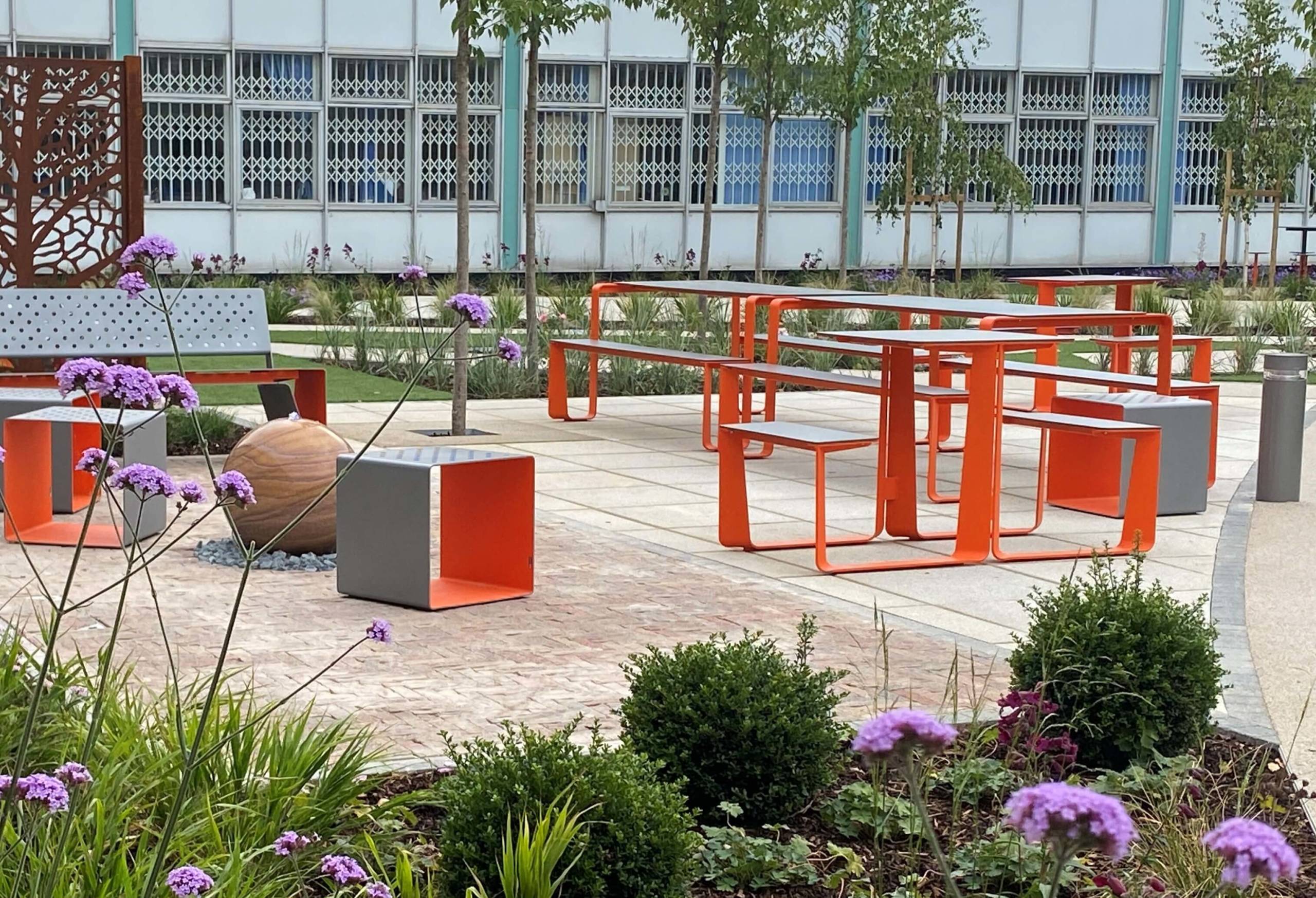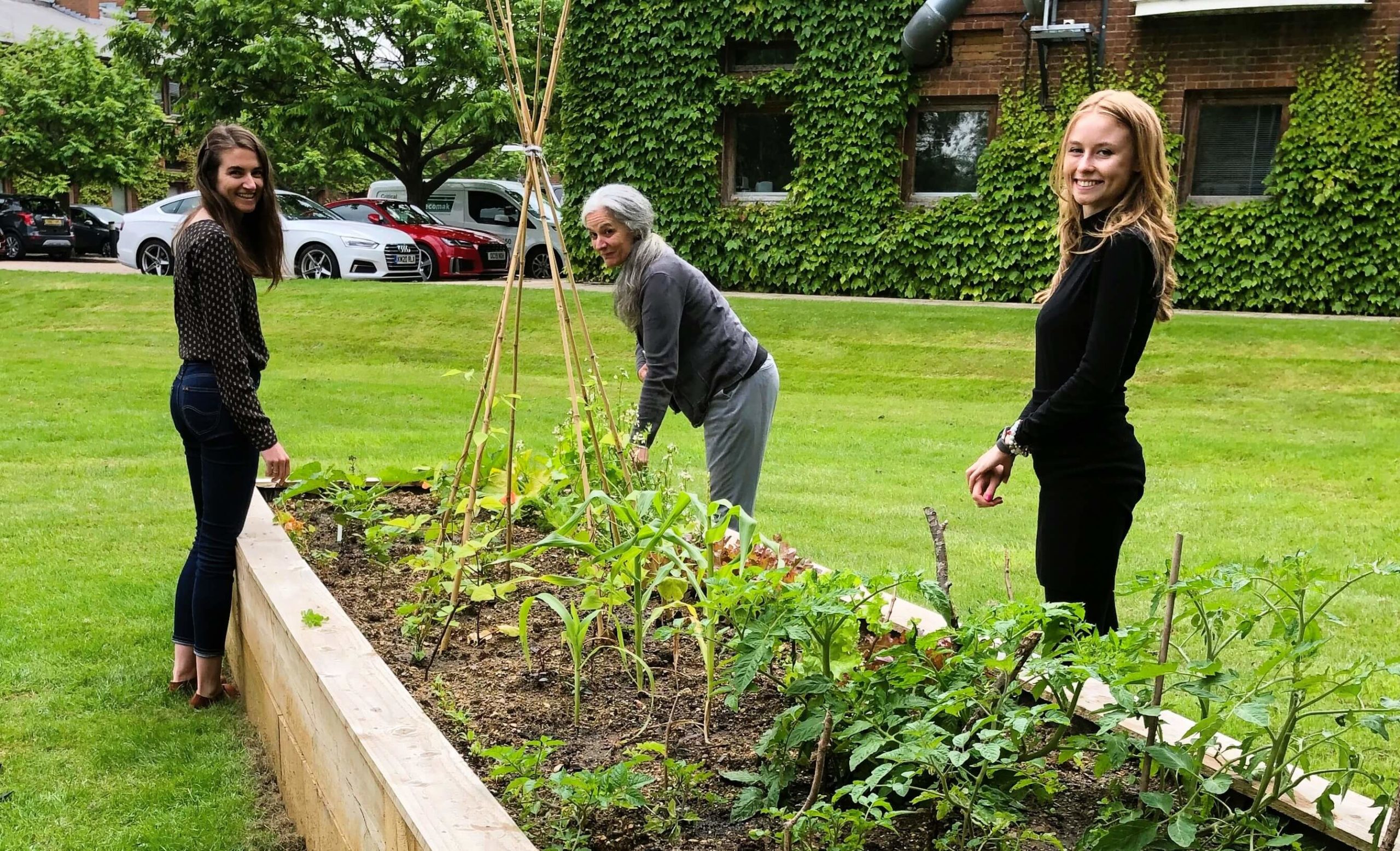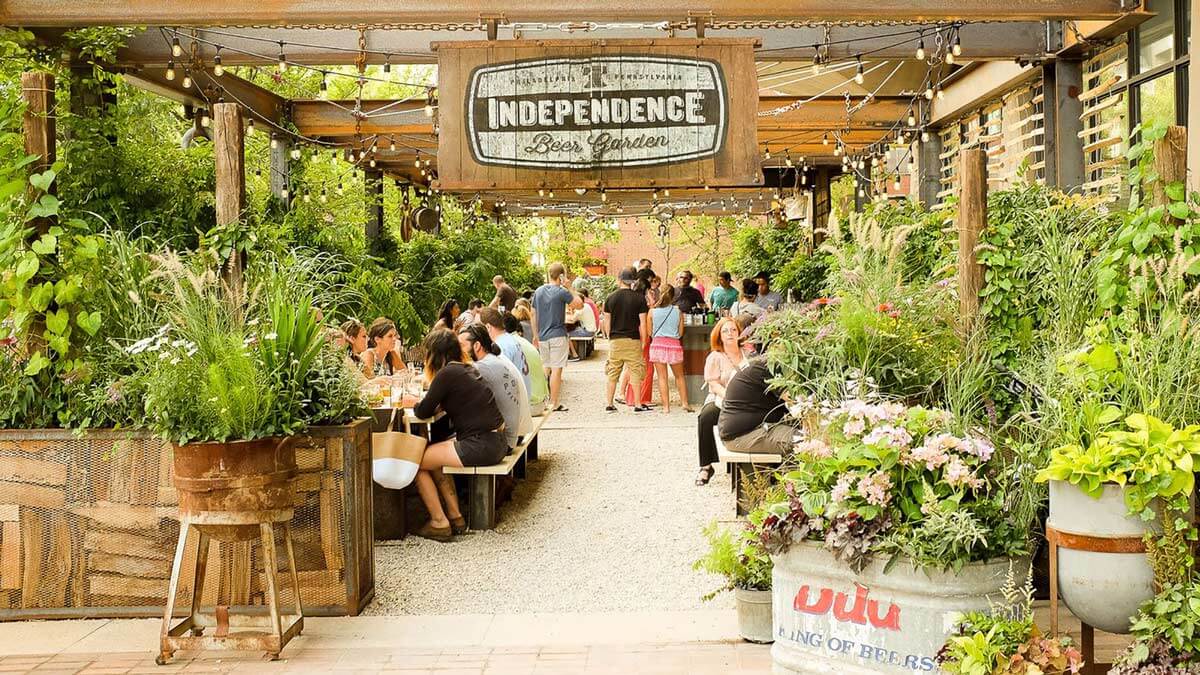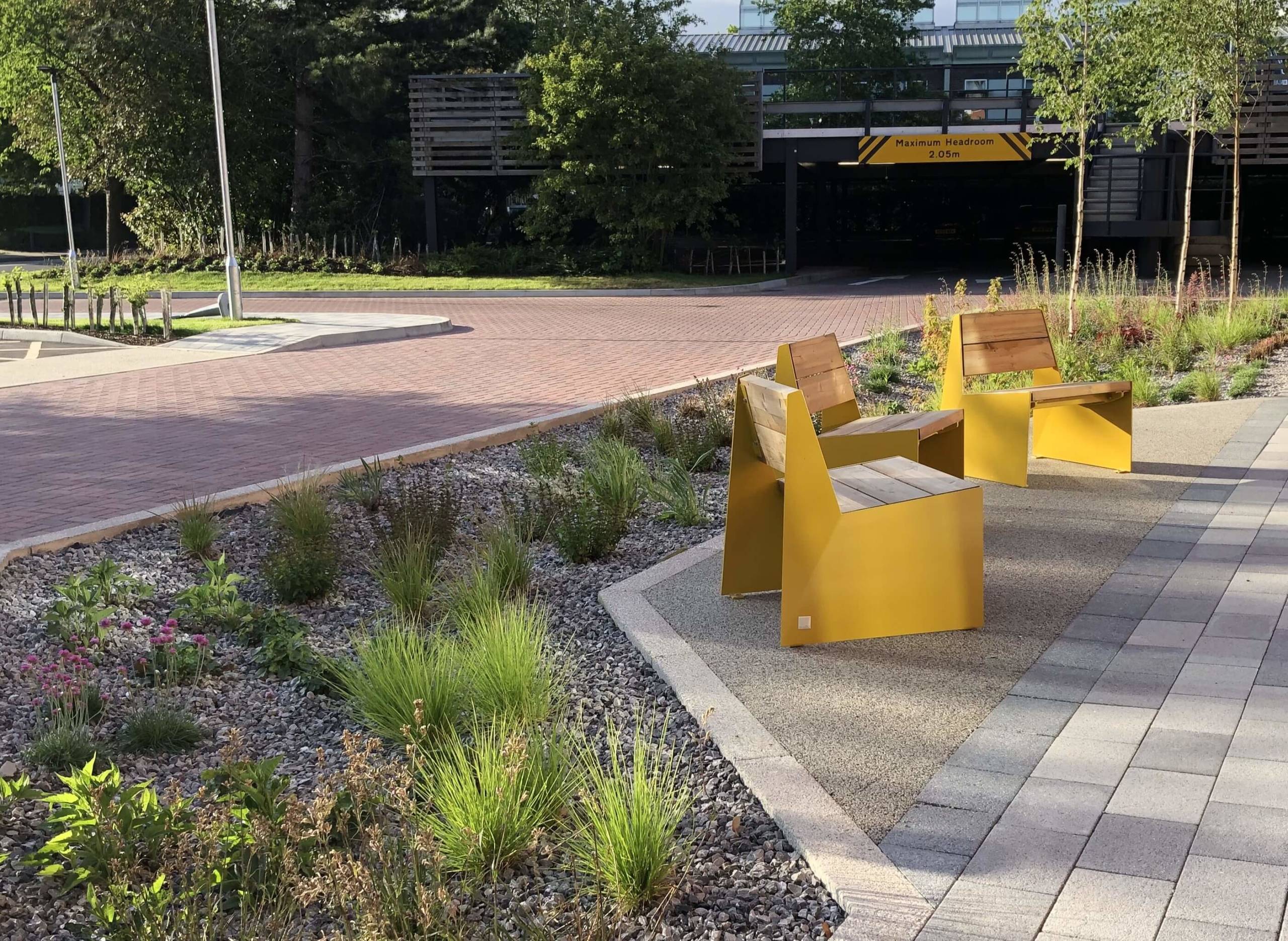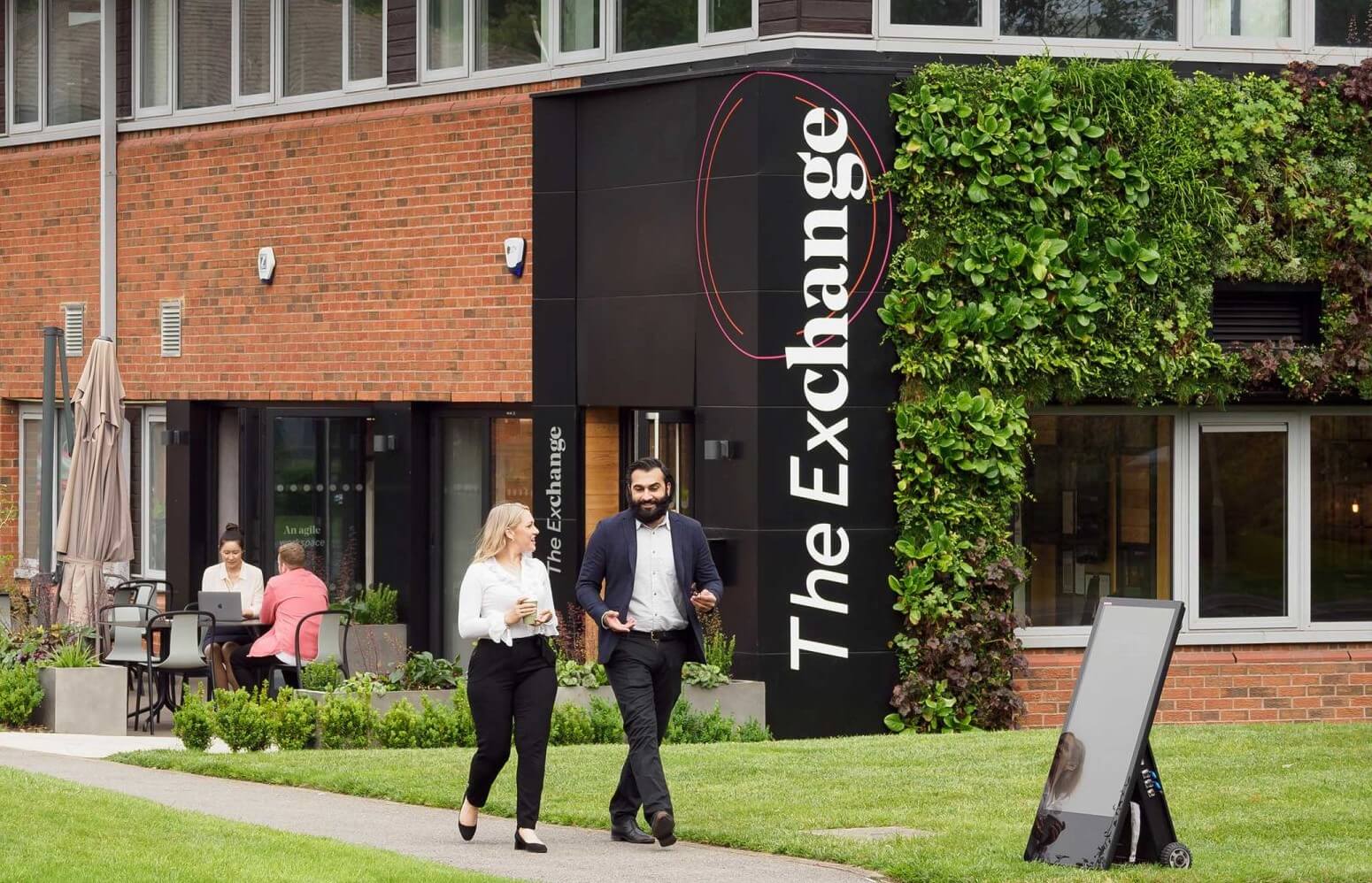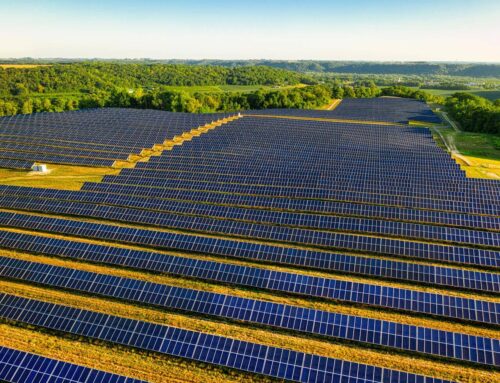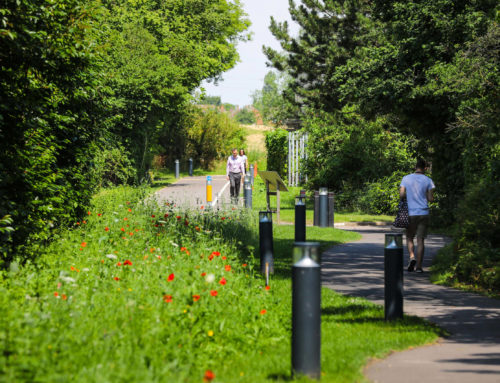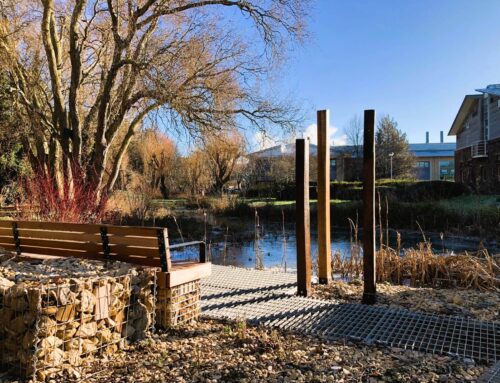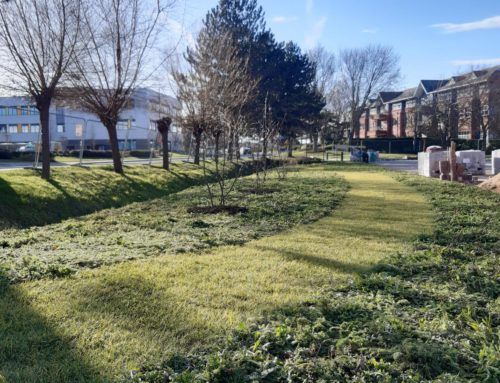Landscape Trends for 2023
By: Emma Higgins, Graduate Landscape Architect and Veronica Flemming, Associate Landscape Architect
In comparison to the start of 2022, when we were still in the midst of pandemic anxiety; 2023 brings the promise of a more confident and exuberant start, albeit tempered against a background of economic and societal unrest.
Shown below are some of the clear trends that continue to arise from a post-covid world – where we value, more than ever, our connection with landscape and the health and wellbeing benefits this brings. These trends, in conjunction with environmental and climate implications highlighted by the recent COP 27 and COP 15 conferences continue to influence what we might expect for Landscape Trends in 2023.
1 . Wellbeing Landscapes
We continue to see lots of demand from clients for designed landscapes centred around wellbeing for their occupiers and visitors. From sports-hubs to relaxing spaces for lunch-time or meeting break-out spaces. A park bench and a bit of lawn is no longer enough, as competition to provide a welcoming environment, including opportunities not always available in the home-environment is key. This trend is also reflected in the rise of ‘biophillic’ design in the built environment; recognising the benefits to designing an increased connectivity to the natural environment through the use of nature, space, place and conditions.
2. Biodiverse landscapes
Greater action, investment and embracing natural solutions are crucial to reversing biodiversity decline by 2030″
Nature Positive 2030/Summary Report.
The push towards designing biodiverse landscapes is paramount in ameliorating the ensuing biodiversity loss we are facing globally. As this realism seeps into our societal awareness, we are seeing a distinctive change in appreciation of a more biodiverse aesthetic.
Commercially, this is visible in many ways from swapping mowed lawns for native species rich grass and wildflower meadows, introducing a more layered and varied planting palette, reliant of native species, through to the introduction of planted swales.
As of November 2023, with the requirement for BNG (Biodiversity Net Gain) assessments for all planning applications, we envision this trend will continue as native and biodiverse design will be required to secure planning permission. It is hoped that this will help to support countless invertebrate species, in turn supporting our birds, reptiles, amphibians, and small mammal populations, hopefully providing many of these currently endangered species with viable habitat, and people with the joy of encountering them.
South Quay Plaza (image courtesy of HTA design)
3. Bold Colours
The trend of exuberant planting, with bright, joyful colour and a layered, natural aesthetic such as the augmented meadow and prairie planting championed by the likes of Nigel Dunnett and James Hitchmough continues unabated. Bountiful, jewel like flowers and grasses will take over from paired back textures of greens and pale shades to create a vibrant riot of cheerfulness in our designed landscapes that hum with pollinating species, and create charming, frosted silhouettes and habitat for our fauna during the winter.
Furthermore, we continue to see the use of vibrant colours in the form of street furniture help to introduce fun and playfulness into a newly designed space.
Jewel-like planting colours (image courtesy of NigelDunnett.com at The Barbican, London)
ASA used a bold colour palette at Culham Science Centre (completed Summer 2022)
4. Grow-your-own and Foraging
Following on from the wider interest of gardening over the previous few years of lockdowns, the importance of growing your own food, be that in a residential or commercial landscape setting, is not abating. This year we were delighted to be part of Milton Parks judging panel, and it was wonderful to see so many fruitful raised bed urban gardens this year, with such variety of produce.
In addition, the trend for foraging has grown this year and sets to grow further, not least as inflation puts pressure on house-hold budgets. Foraging brings multiple benefits; not only as a way to enjoy free food, but to establish a connection to nature. Some of our most beloved foraged foods such as elderflowers, wild plums, blackberries and sloes are not only good for us, but as native plants they are also vital food sources for hundreds of larval invertebrate species, which are essential protein for wild bird hatchlings, food for all!
ASA foraging for salad leaves in our urban allotment.
5. Inside/Outside Planting
Our love of houseplants and bringing the outside inside continues. Not least as we have grown to appreciate the benefits of being closer to nature and how they can be incorporated into an interesting zoom backdrop! As our homes and offices are becoming verdant with greenery, we believe there will be a better appreciation of more interesting/unusual species to add to our collections.
6. Natural Materials
From our continued love affair with the scandi-aesthetic with its paired back wooden furniture, to the resurgence of ‘modern farmhouse’; the use of natural stone and warm woods are seeing a resurgence in all areas of building design. These materials are often not only a more sustainable choice, but through their natural unique character they add many different factors of tonal variation, texture and distinctiveness that man-made materials cannot replicate, creating a quality of authenticity to the designed landscape.
(image courtesy of www.phlbeergarden.com)
7. Flexible outdoor spaces
From outdoor kitchens to outdoor meeting rooms and workspaces. Designing multifunctional spaces that can adapt to the requirements of the user, whilst providing an opportunity to be outside in the fresh air and in a natural environment, whether it be whilst working, for physical activity, socialising, relaxing or dining. There is better appreciation, post pandemic of how we can utilise our outdoor spaces more for an al fresco lifestyle to maximise our ability to be closer to nature for our health and wellbeing in (nearly) all weathers.
8. Climate Resilient landscapes
Creating climate resilient landscapes through nature-based solutions is a continuing trend as globally we experience further summer droughts and winter flooding. As climate change poses the challenge of creating and maintaining landscapes with less water and/or occasional flooding, choosing plants that can tolerate these new growing conditions is paramount.
Innovations in the form of gravel mulches, or the integration of planted Sustainable Urban Drainage Systems, enables us to be more creative in our response to a design brief; creating landscapes with ecological functionality through managing excess storm runoff or minimising the heat island effect.
Climate resilient planting in the rain-gardens, mulched with gravel envelope the bright seating at The Bee House, Milton Park
(completed Spring 2022)
9. Vertical greening
There is an ongoing trend towards vertical greenery in the limited space of the urban environment. From the tree covered built forms of Acros Fukuoka completed in 1994, Bosco Verticale in 2009, and the more recent 1000 Trees in 2021, to fern and moss veiled green walls and uber sustainable climbing plants on tensile steel wires, green walls feature in many different styles in urban settings.
No longer just for high-end developments, we are seeing and specifying them in commercial spaces, as occupiers enjoy being greeted by these seasonally changing luxuriant vegetated walls.
Green wall and café area designed by ASA Landscapes and ANS Global (image courtesy of Chineham Park)
10. Rewilding
2022 saw the first return in thousands of years for wild bison to the UK, and also beavers have been given legal protection in Britain. These previously extirpated ecosystem engineers have returned to create valuable mosaic habitats and hopefully begin a journey to restore a nature depleted Britain.
However, rewilding is not just about these large charismatic species. Rewilding in the urban landscape is key to joining up wildlife corridors to allow vital movement of species between larger rewilding projects and the anticipated NRN (Nature Recovery Network). Creating novel ecosystems of native mosaic habitats such as urban meadows, pocket forests, mixed native hedging and wetlands in the built environment whilst allowing space for natural regeneration and decay, in the form of log piles, and standing deadwood are key to rewilding in an urban setting. These not only bring ecological benefits, but also allow people to enjoy the buzz of what nature has to offer.
If you want to find out more, feel free to contact us for some informal advice about your project.

